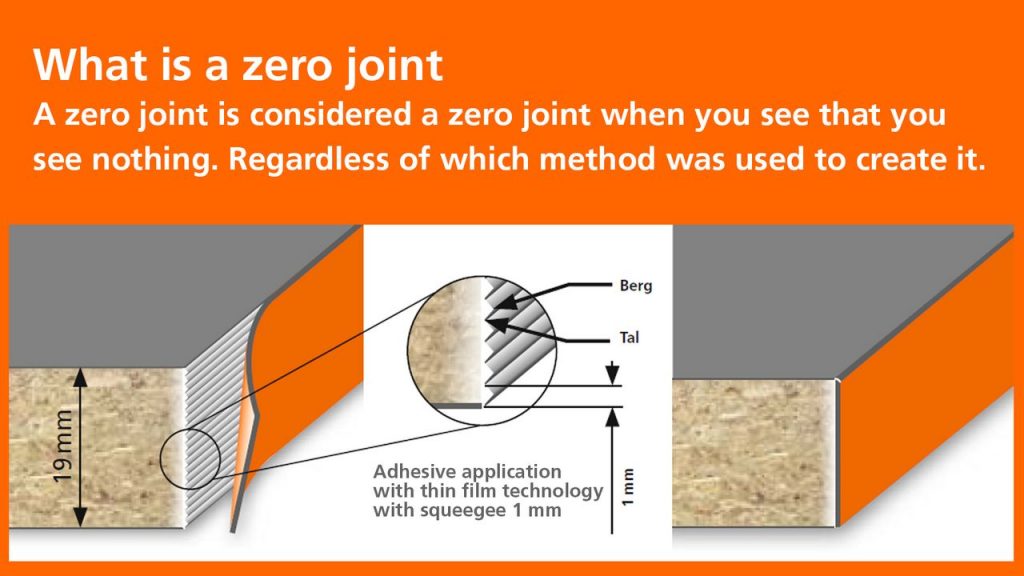PUR is an edgebanding glue option that has been in Europe for many years. In recent years it has started to become more popular in Canada as a standard water-resistant edgebanding option for cabinet building. PUR glue is highly durable and has high levels of water-resistance compared to regular EVA glue that most cabinet shops use. Cabinets edge banded with PUR glue offers many different benefits for customers looking for cabinets to put in specific environments such as schools, hospitals, or any other commercial areas. These types of spaces tend to have high moisture environments. Therefore PUR edge banded cabinets would be a superior option to ensure long term durability for the durability of the cabinets.

In the picture above it shows the difference in temperature and water resistance that PUR glue & EVA glue have.
PUR has been a popular option through the years for laminate panel manufacturers as a superior option for laying up HPL, or high-pressure laminate onto particle panels. It has also become trendy in the European edgebanding market as an option to edge band panels with a glue that is highly water-resistant and extremely durable. The other massive benefit of using PUR edgebanding glue is that it leaves an invisible glue line. Compared to the edgebanding joint of a laser edge banded door, considered for many years the gold standard for zero joint edgebandings, it is almost impossible to see the difference. Laser activated edgebanding is not water-resistant in any sense and not as durable as a panel edge banded with PUR.

In the picture above, it shows how water or humidity can get into the joint between the edgebanding and the panel and creating swelling and other damage. PUR glue prohibits this from happening.
Manufacturers of PUR edgebanding glues describe their product this way
- Enables invisible glue line
- Closer tighter joint than with EVA glue
- High level of thermal resistance (-30ºC to 150ºC)
- Very high level of resistance to moisture, water and vapor
- Bond creates chemical crosslinking when in contact with humidity
- Unrivaled joint strength

Most cabinet manufacturers are still using EVA glue for their edgebanding applications. Many advancements have been made in the last few years with EVA products; the joint strength and water resistance are not comparable to PUR products. EVA edge banded panels also show a distinct glue joint line, while PUR edge banded panels have a zero joint line.

In the picture above, you can see the difference between a panel that is considered to have a zero joint glue line, and one where the glue line is visible.
The chemical crosslinking that happens when PUR products are in contact with humidity actual serves to strengthen the joint. To demonstrate this high level of water resistance, many PUR manufacturers will place edge banded panels into water tanks at trade shows to demonstrate how the PUR glue interacts with the water. If the panel has been appropriately edge-banded, it can remain in a full tank of water indefinitely without any water damage or swelling. For many years, the downside of using melamine panels for exterior & interior cabinet applications has been the low levels of water resistance.
PUR edge banded panels take around 24-72 hours to cure completely depending on the environment. After the curing process has taken place, it is impossible to tear off the edgebanding without seriously damaging the panel. In comparison, EVA edge banded panels, where it is possible to remove the edgebanding without any significant damage to the panel.

Shown in the picture above is an excellent example of the edgebanding quality by using PUR technology.
Netley Millwork has recently added new equipment that allows us to take advantage of these exciting new developments and provide our customers with superior water-resistant edge banded cabinets.
Contact our sales team today if you are interested in learning more.
